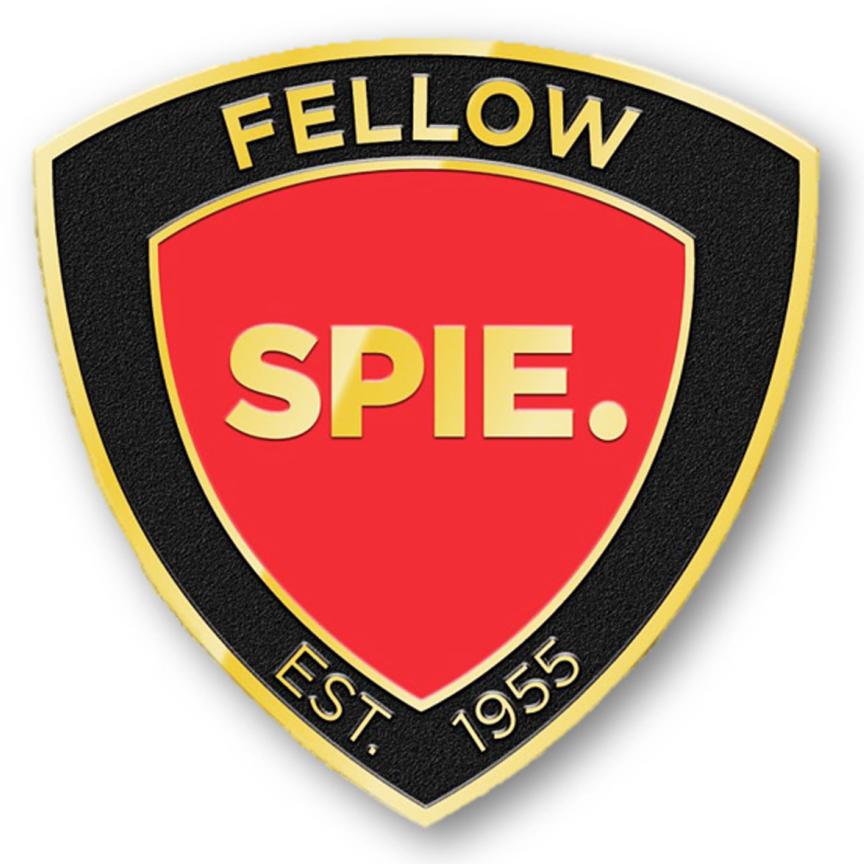Two laser diodes from German company Eagleyard Photonics have been installed on Gaia, the European Space Agency's billion-star surveyor spacecraft. The single-frequency DFB-852 laser diodes in a 14-pin butterfly housing are responsible for keeping Gaia’s two telescopes in the right position so it can continue to create the most accurate 3D map of the Milky Way galaxy ever produced.
The first catalogue of more than a billion stars from Gaia has now been published, and a more substantial catalogue is expected in the near future.
The DFB-852 laser diodes contain a wavelength-selective grating integrated in the laser chip. They operate on a single resonator mode emitting quasi-monochromatic radiation with a very small linewidth and low phase noise. The lasers harbour a very low-intensity noise due to the lack of mode partition noise.
Gaia was launched 1,000 days ago in December 2013 and started its scientific work in July 2014. The first catalogue of stars that has been released is based on data collected during its first 14 months of scanning the sky, up to September 2015. The catalogue features the precise position and brightness of 1,142 million stars. It also features the distances and motions across the sky for more than two million of these stars.
Further Information:


